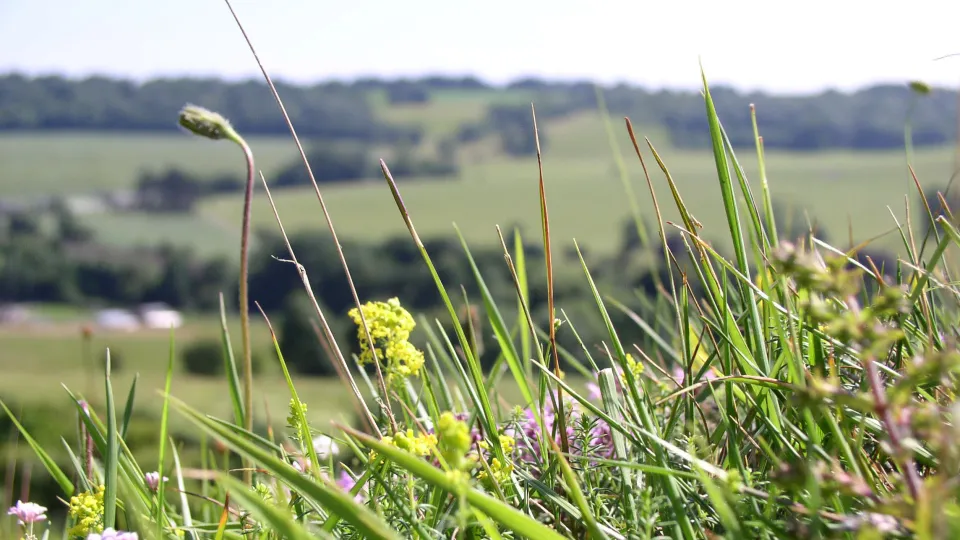
UK Habitat Classification (UKHab) Online Training Course
An online training day on the UK Habitat Classification, a new comprehensive classification system for vegetation habitats used in conservation and land management

An online training day on the UK Habitat Classification, a new comprehensive classification system for vegetation habitats used in conservation and land management
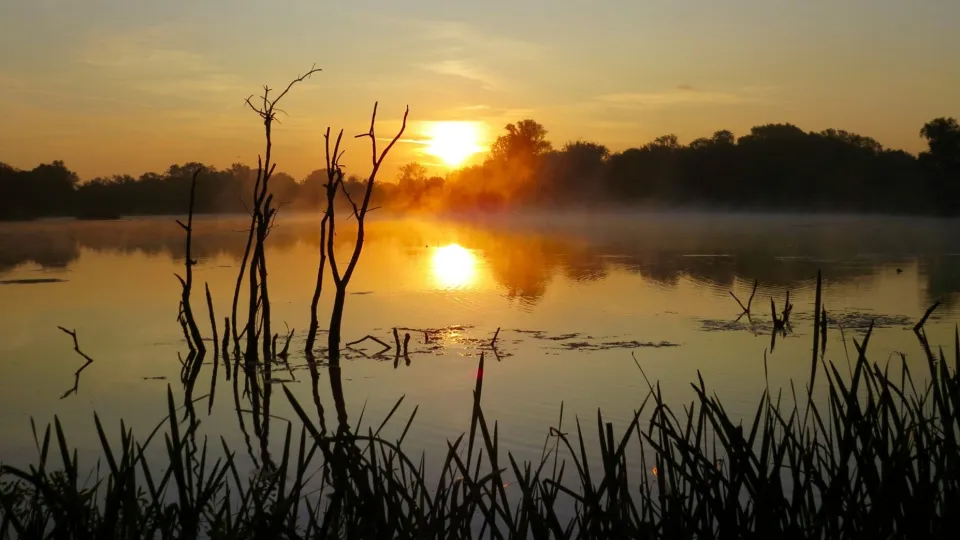
Healthy wetlands store carbon and slow the flow of water, cleaning it naturally and reducing flood risk downstream. They support an abundance of plant life, which in turn provide perfect shelter, nurseries and breeding grounds for wildlife.

There's another world waiting beneath the waves. Seals weave in and out of sunlit kelp forests, cuttlefish flash all the colours of the rainbow, starfish graze along the muddy seabed and sharks slip through the open water.
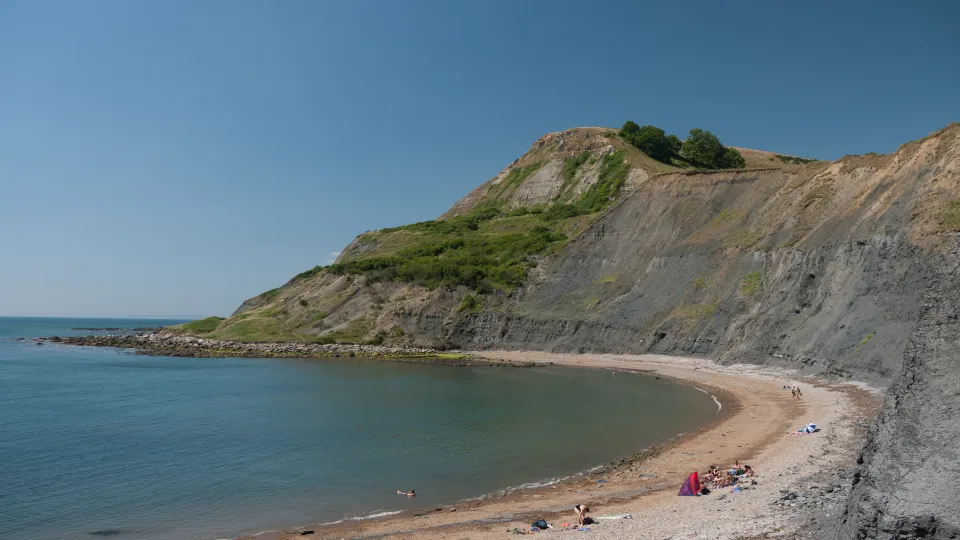
Coastal habitats are found wherever the land meets the sea. With some 17,800km, the UK has one of the longest national coastlines in Europe. The coast is home to many habitats, with cliffs, rocky shores, sand and shingle beaches, sand dunes, mudflats, saltmarshes and machair.

Habitat fragmentation poses significant threats to biodiversity and climate stability. In our lifetimes, we’re witnessing dramatic changes in the landscapes around us and the species that inhabit them.
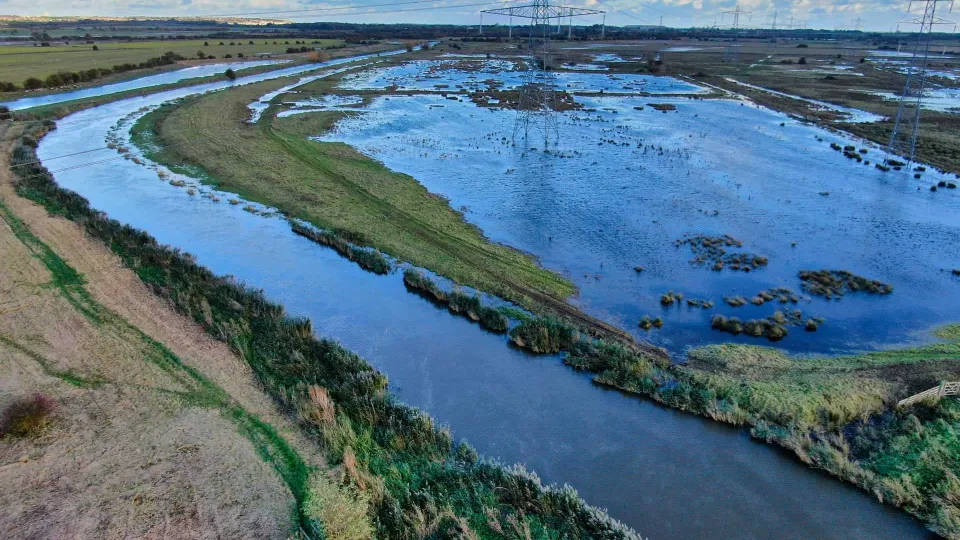
In episode 8 of Talk on the Wild Side, Rob Smith interviews George Cooper - a Thanet local with a passion for wildlife, who has been heavily involved in bird recording and ringing at Minster Marshes for many years. They talk about why Minster Marshes is so important for bird-life, the damage National Grid's Sea Link project will do to the area, and why he started the Save Minster Marshes campaign.
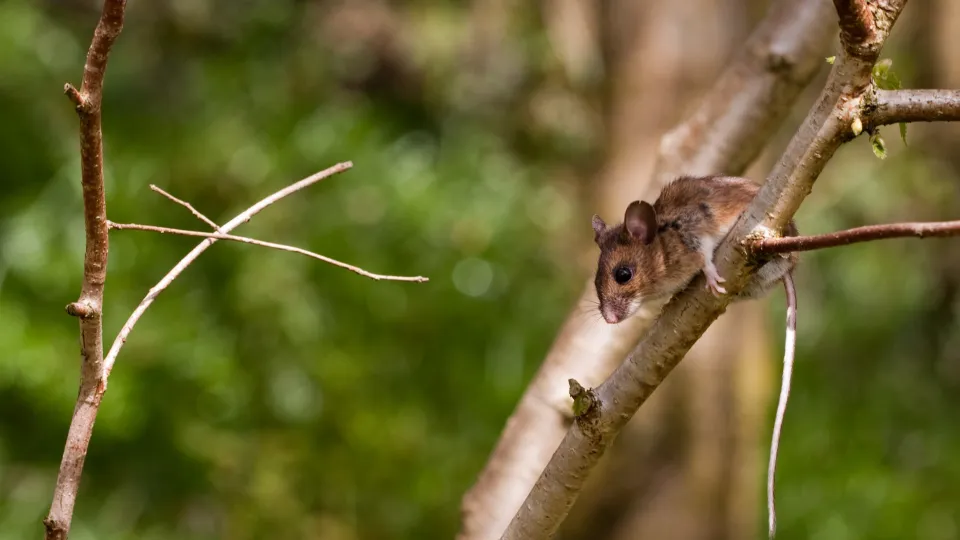
Mammal expert Stuart Edmunds introduces the four species of mice you can see in the UK.
Five days learning to identify and record wild plants in nature reserves in Kent.
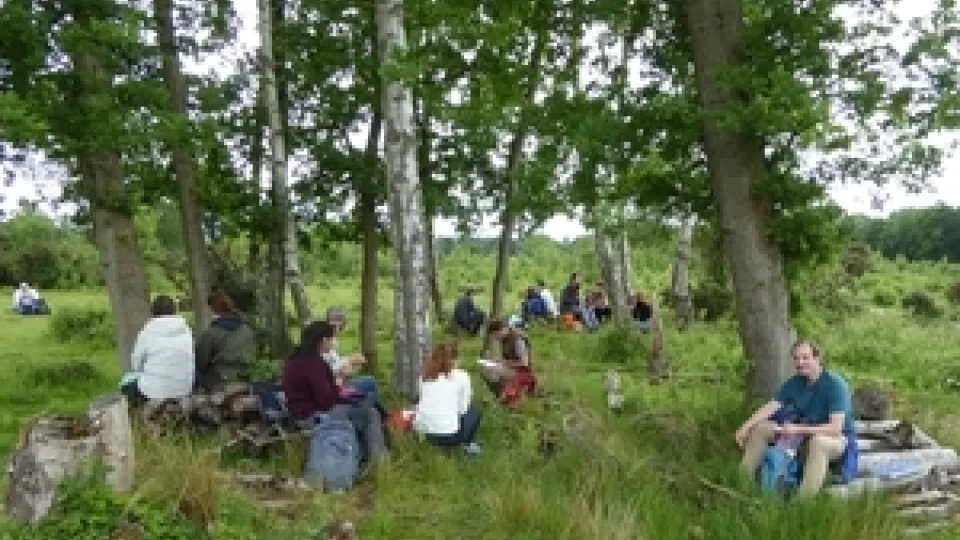
Five days learning to identify and record wild plants in nature reserves in Kent.
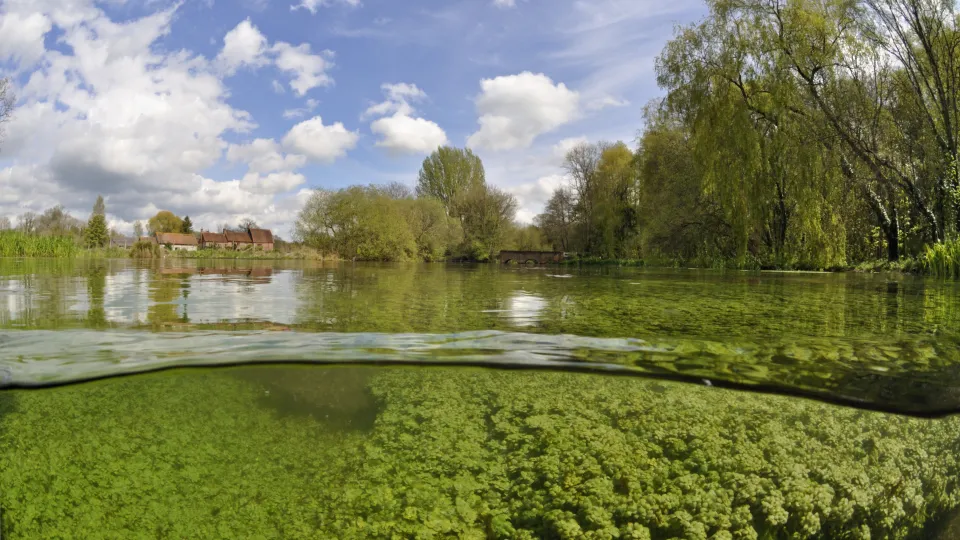
From otters to freshwater shrimps, all animals are dependant on an abundant and reliable supply of clean water. Rivers sustain the natural environment, wildlife and people in equal measure.